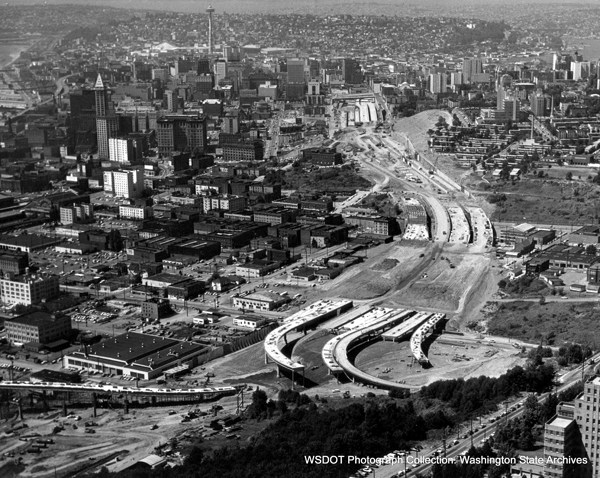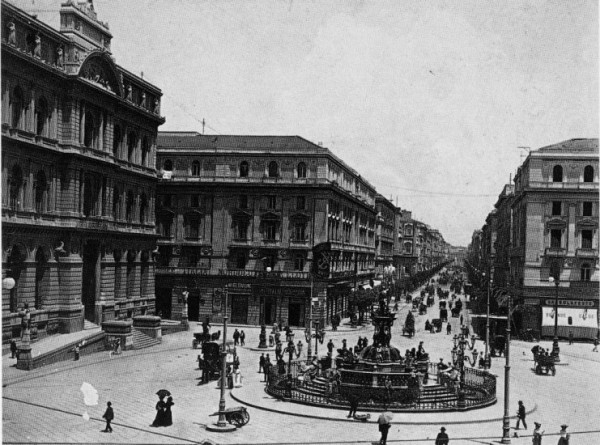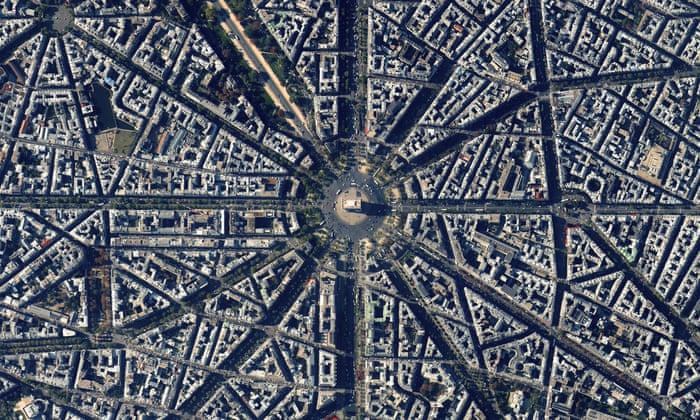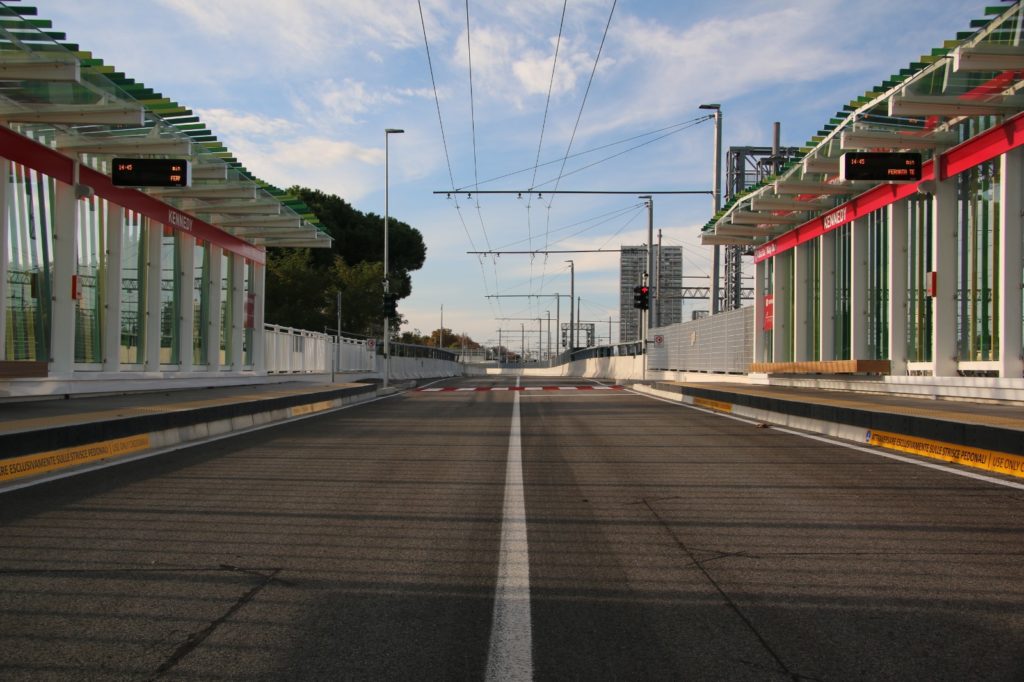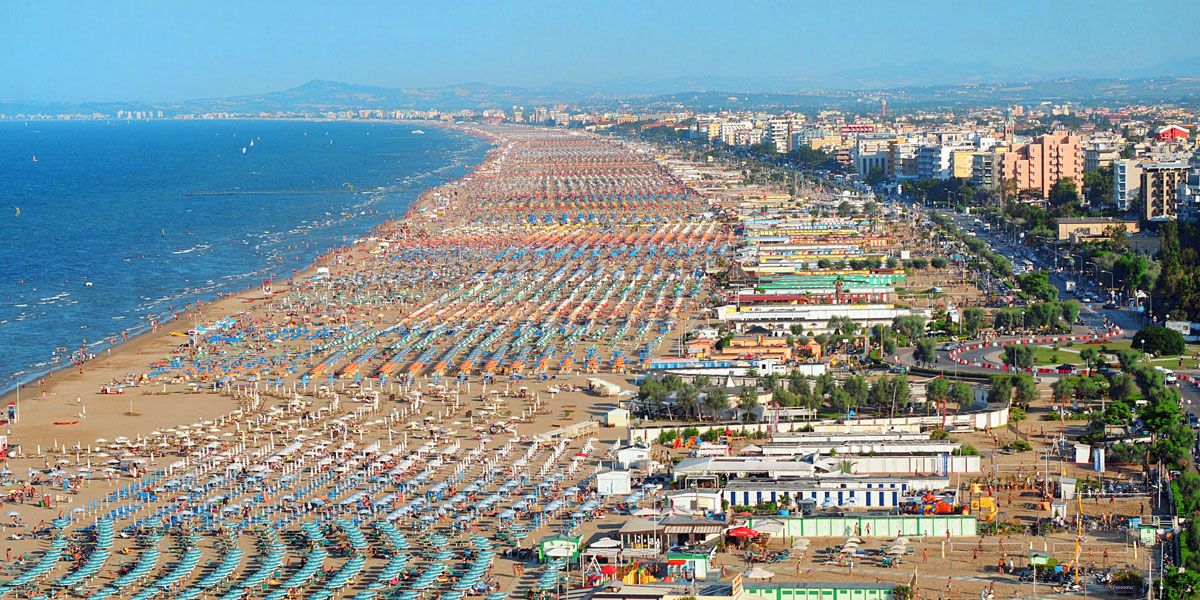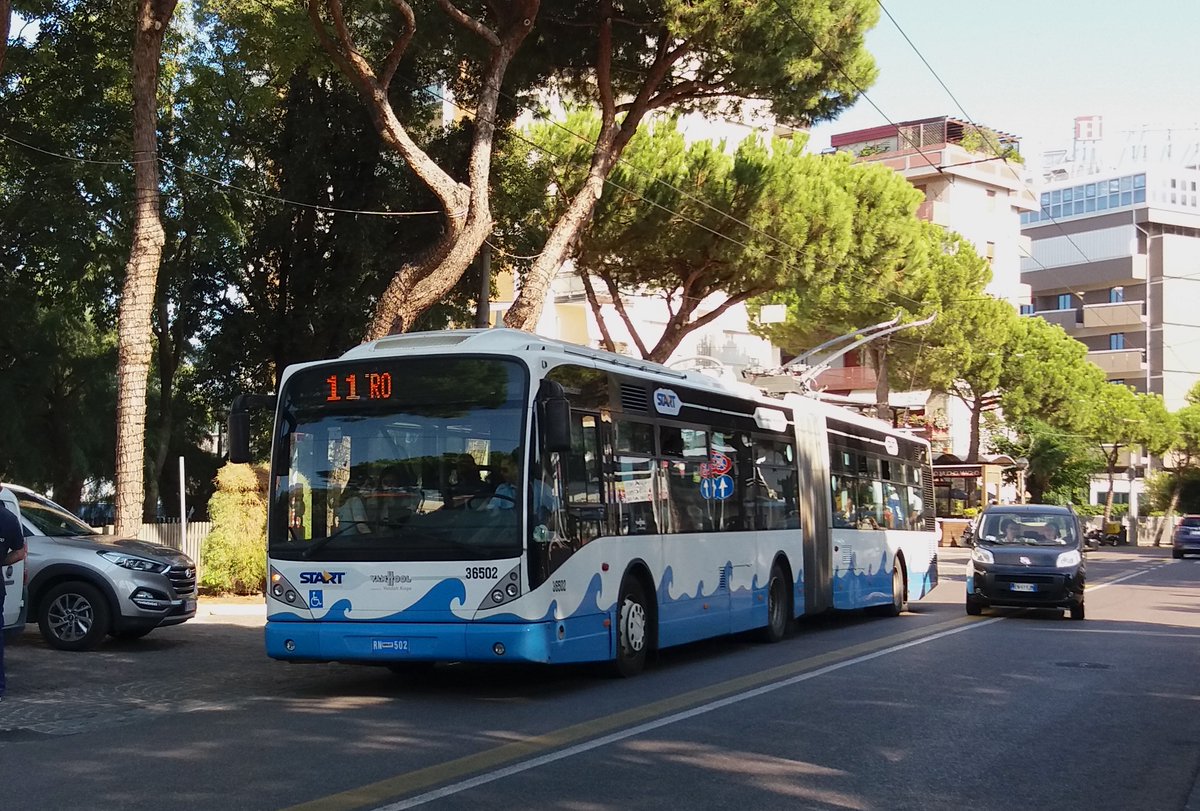
Geographies of jobs are an important factor that shape cities. The problem with some US-born theories about the evolution of job geographies is that they are too much based on US economic patterns taken as the blueprint of every global trend. They are not.
https://twitter.com/alon_levy/status/1319441961225510912
Aaron Renn's theory works well in the US: a country whose economy is based on large industrial/tertiary corporates, surrounded by a myriad of small service providers. Though, it explains less well urban job geographies in still manufacturing-rich areas, like S-Germany or N-Italy
Not every country went down the same path of completely delocalizing every manufacturing activity out of its borders, keeping the remainder on a lifeline of protectionism (Buy America). Economies are not just more/less advanced, sometimes are simply different. So are their cities
The particular clustered dispersion of the so-called "third Italy", i.e. the area characterized by diffused and highly specialized small and medium manufacturing firms ,clustered by production chains, produced a specific urban geography that has no similarity in the US or Canada. 

That is not just relevant for Italy. The works on the evolution of urban and job geographies in the Italian Center and North-East proved to apply much better to, for example, Vietnam, whose patterns are in a way more similar to the ones of "Third Italy" than to US or Korea.
Economy is an historic and human-made product, as are cities. The facts that we apply mathematics on it, doesn't mean it's less rooted on social constructs, preexisting local dynamics and politically oriented policy choices that shape both cities' geographies and the economy.
• • •
Missing some Tweet in this thread? You can try to
force a refresh




